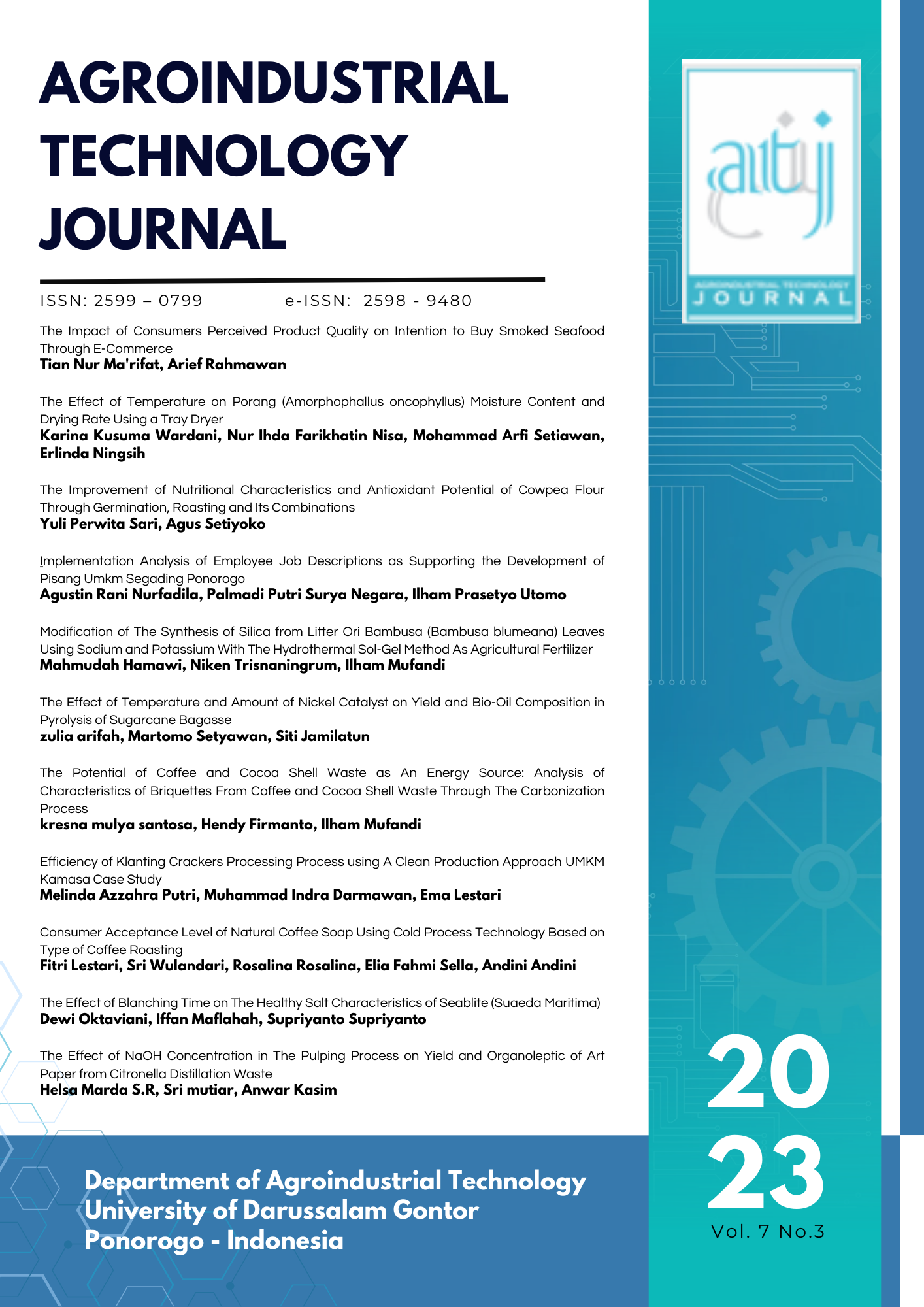A Review of Parameters, Performance Models, And Applications of Biofiltration Technology In Reducing H2S Compounds In The Air
DOI:
https://doi.org/10.21111/atj.v7i3.10746Abstract
High-quality air is essential for human survival. The present-day has a negative effect on air quality. Air contamination from the harmful compound H2S is an important problem. The primary source of H2S discharges is the oil and gas industry, where it is a by-product of resource harvesting and processing. Further sources of H2S discharges into the atmosphere include mining, waste management, and fossil fuel burning. H2S generates a malodorous scent resembling that of decayed eggs, which can prompt respiratory discomfort and irritation in humans and animals. At elevated concentrations, it may induce toxicity and even fatalities. Biofiltration is one of the latest remarkable technological advances for mitigating this issue. This method employs microorganisms to convert H2S into less harmful compounds. Biofiltration offers the major benefit of low operational expenditure and minimal environmental impact. This paper contributes to our comprehension of the microbial parameters, designs, models, applications and processes that affect biofilter efficiency. Diffusion-based biofiltration models show greater efficacy in design systems. Furthermore, advances in media, including the use of hollow cylindrical particles, have increased the efficiency of biofiltration. Sulfur-oxidizing microorganisms, such as Thiobacillus sp., play a pivotal role in decreasing H2S compounds. It is crucial to regularly monitor and regulate moisture levels, pH, temperature, and nutrient content to secure optimal and consistent biofiltration performance. The technology's effectiveness and stability heavily depend on precise control of these parameters. Biofiltration technology is hailed as a promising approach to manage H2S compounds, safeguard air quality, and preserve human health and the environment.Downloads
Submitted
Accepted
Published
How to Cite
Issue
Section
License

This work is licensed under a Creative Commons Attribution-NonCommercial-ShareAlike 4.0 International License.
The author whose published manuscript approved the following provisions:
1. The right of publication of all material published in the journal / published in the Agroindustrial Technology Journal is held by the editorial board with the knowledge of the author (moral rights remain the author of the script).
2. The formal legal provisions for access to digital articles of this electronic journal are subject to the terms of the Creative Commons Attribution-NonCommercial-ShareAlike 4.0 International License (CC BY-NC-SA 4.0), which means that Agroindustrial Technology Journal reserves the right to save, transmit media or format, Database), maintain, and publish articles without requesting permission from the Author as long as it keeps the Author's name as the owner of Copyright.
3. Printed and electronically published manuscripts are open access for educational, research and library purposes. In addition to these objectives, the editorial board shall not be liable for violations of copyright law.



